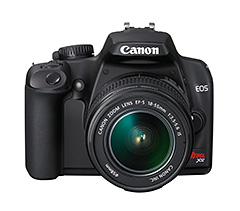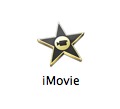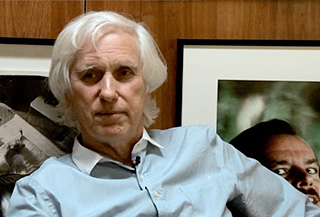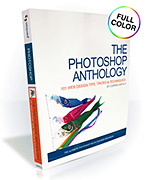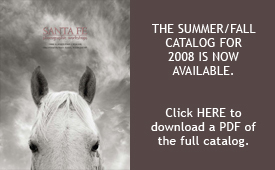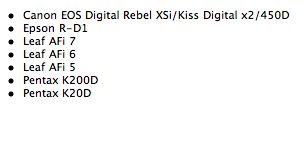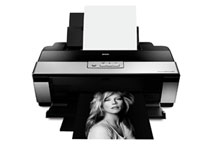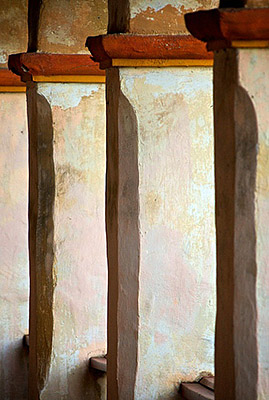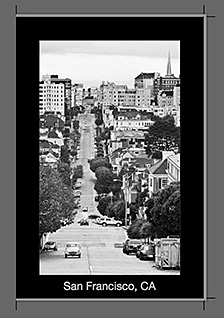
Many photographers don't realize that there's a powerful layout program within Aperture. You can use these tools to design custom posters, postcards, fliers, menus, title graphics for slideshows, and, oh yes, books. That's right, Apple has cleverly labeled this layout program as a book-making tool.
The big change came with Aperture 2 and its Custom layout option that you'll find in the Book Type popup menu when you're first setting up your book project. Choose it, and you can design any size page you want. I created a postcard layout that I keep handy for churning out keepsakes while on the go.
I then reveal the Show Layout Options located in the "gear" popup menu. And finally, I switch to Edit Layout, which lets me do things such as add a photo border any size I want.

For font control, just return to Edit Content mode (the button to the left of Edit Layout), highlight the text, then right-click (or CTRL-click) on it to reveal the Font option. And don't forget, you can adjust your image anytime you want by clicking on its thumbnail and pressing the "H" key to reveal the Adjustment HUD.
I recorded a good podcast with Joe Schorr, Apple Senior Product Manager, that talks about all of these techniques. It's a good listen.
Bottom line is this: not only is Aperture a powerful photo management application, it also provides you with robust options for output. Once you create your custom layout in Aperture, you can print, save to PDF, or generate a JPEG from your creation. That's downright awesome.
Technorati Tags:
Aperture, Derrick Story, digital photography, Technology, The Digital Story
